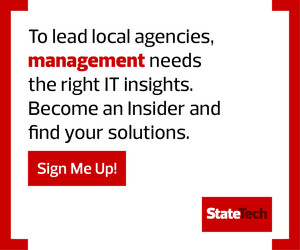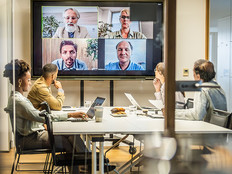Managing Mobile Devices to Support Flexible Workspaces
With modern workspace management, an employee’s government-issued device is capable of becoming an entire self-contained office on the go. Agencies can administer these devices with assistance from a managed services provider, perhaps through a Device as a Service initiative or a separate mobile device management program. We look at the benefits of Jamf for Apple environments, for example (read “Review: Jamf Pro with Jamf Cloud Scales for Modern Workspace Management”).
Mobile device management programs easily set uniform qualifications for features, accessibility, location tracking and more with simple configuration measures. The Massachusetts Executive Office of Technology Services and Security runs a fully Microsoft environment, where its employees can get up and running quickly with everything required to do their jobs.
Finding the Right Management Approach for an Applications Portfolio
For those agencies that want more control over their own devices, administrators may choose to manage applications, perhaps by running devices as virtual machines through Desktop as a Service. Agencies can keep applications current and secure through automation. They can choose to do this with government-issued devices or through a BYOD program for employees (see “5 Questions IT Agencies Should Ask About Application Management”).
However it is implemented, state government employees anecdotally are happier with the flexibilities afforded by modern workspace management. At a recent conference, Colorado’s CISO highlighted liberal remote work as a perk of the job for state employees; Texas’s CISO acknowledged she would like her state to offer more remote work.
In the National Association of State Chief Information Officers' 2022 survey of state CIOs, 73 percent said they used expanding remote work and flexible schedules as a way to attract and retain a qualified workforce last year. Modern workspace management made that possible.
UP NEXT: How to build a zero-trust environment with Microsoft 365.











